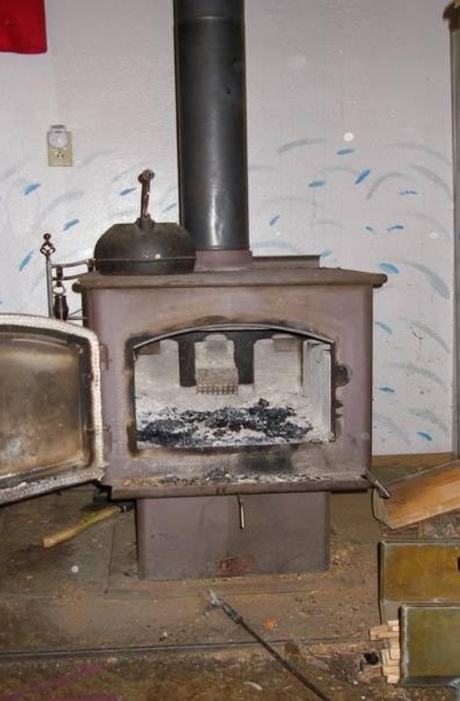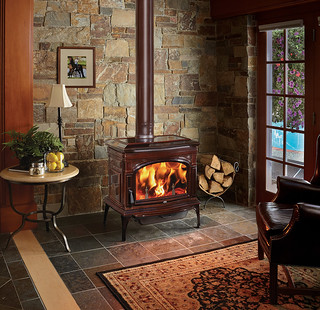
By Amelia Templeton, Earth Fix
The U.S. Environmental Protection Agency has proposed stricter air emissions standards for wood stoves. It also plans to regulate, for the first time, emissions from pellet stoves, fireplace inserts and other wood burning devices.
The EPA proposal comes on the heels of a lawsuit filed by the Puget Sound Clean Air Agency, Oregon and six other states. They alleged that the EPA’s failure to update manufacturing standards for wood stoves since 1988 violated the Clean Air Act and left rural residents at risk of health and breathing problems.
Craig Kenworthy, executive director of the Puget Sound Clean Air Agency, said in the short term the EPA’s proposed rule would in effect catch the rest of the country up to the Northwest, where state emissions standards require new stoves to emit no more than 4.5 grams of particulates per hour.
“The technology and the ability of companies to make cleaner devices has made leaps and bounds. I think Oregon and Washington have proved that the first EPA standard is achievable. We’ve had a market, and had manufacturers meeting that market,” Kenworthy said.
Over a five-year period, the EPA has proposed ramping up its standards, eventually requiring new stoves to emit no more than 1.3 grams of particle pollution per hour. The fine particles of pollution in wood smoke have been linked to asthma, respiratory problems, heart attack, cancer and premature deaths. Several cities in the Northwest including Tacoma, Wash., Oak Ridge Ore. and Klamath Falls, Ore. have struggled to meet national air quality standards due to wood stove and fireplace smoke. In Oregon, homeowners are required to remove old wood stoves before selling their home and Washington bans the sale of older models.
But tightening standards for new stoves is also an important part of tackling wood smoke pollution in growing communities, Kenworthy said.
“As growth occurs in these communities, over time even the cleaner devices could overwhelm the gains we’re making in removing the older devices.”
Wood stove manufacturers located in the Northwest said they welcome the new proposed standards and have invested heavily in research and development of clean-burning technology. One of the largest wood stove builders in the country, Travis Industries, is located in Mukilteo, Wash. and has built a reputation for designing high efficiency clean-burning stoves.
Last year, Travis was selected to compete in a “Wood Stove Decathlon” that highlighted the best stove designs from around the world.
Travis’s Cape Cod stove emits less than a half-gram of particulates per hour, making it the cleanest-burning EPA certified wood stove.
Perry Ranes, the national sales manger for Travis, said the stove uses two engineering techniques to achieve its emissions reductions: a system that preheats the stove’s air, creating a hotter fire that combusts the wood more completely, and a catalytic combustor that burns up any leftover soot particles. The real trick, Ranes said, is a design that’s efficient and also looks good.
“The secret to all of this is not only designing something that the average individual can use, but at the same time is something that’s eye-appealing that you’d really like to have in your home,” Ranes said.
The EPA estimates the health and economic benefits of the proposed standards at $1.8 to $2.4 billion annually. The agency is taking comments on the proposed rule for 90 days and expects to issue a final rule in 2015.

